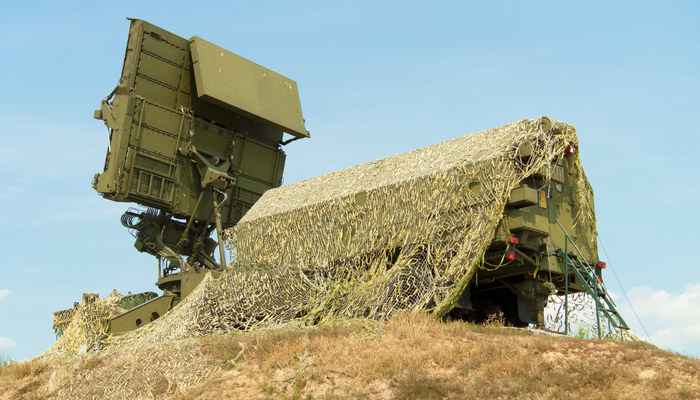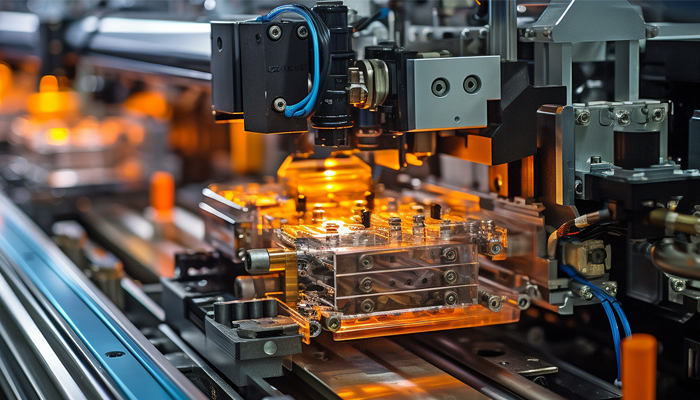Servo and Proportional Valves are part of the family of continuous valves. Continuous valves are characterized by the fact that their output variable (spool position, pressure, volume flow) is proportional to the input signal. This is achieved by feedback of the spool position into a mechanical or electrical control loop.
Moog servo valves are characterized by the fact that the valve spool is inserted into a bushing (spool-in-bushing). The servo valves are therefore characterized above all by outstanding dynamics and excellent accuracy.
Moog proportional valves are characterized by the fact that the valve spool is fitted directly in the valve housing (spool-in-body). This makes proportional valves particularly suitable for higher nominal volume flows.
Both designs are available in different nominal sizes, both as direct operated and pilot operated valves and with different performance characteristics. Moog valves, whether servo valves or proportional valves, enable high-precision control of position, velocity, pressure and force in a wide range of applications.


